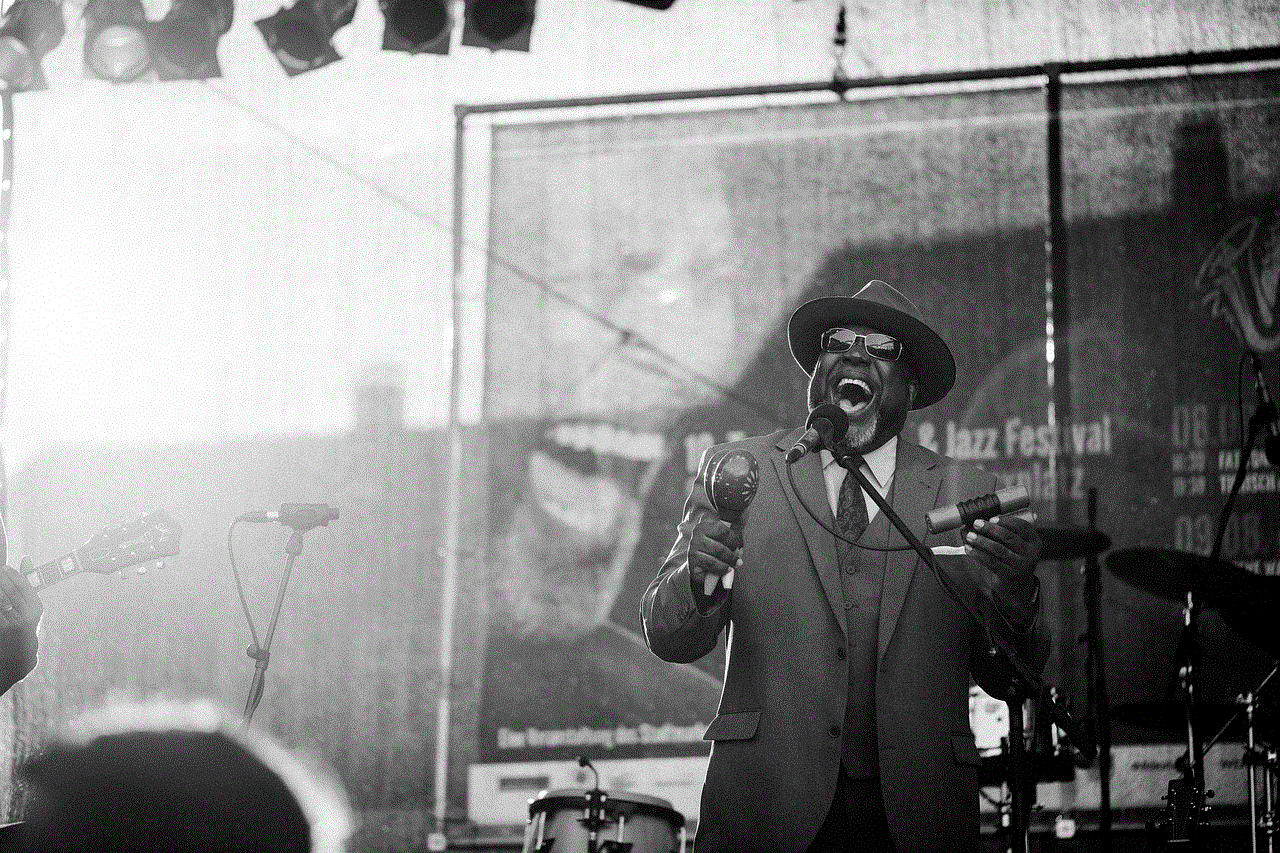fake news example
The term “fake news” has become a buzzword in recent years, with many people using it to describe any news story that they disagree with or that goes against their beliefs. But what exactly is fake news, and how does it impact our society?
Fake news is defined as false or misleading information that is presented as news. It can take many forms, from outright lies to distorted facts, and is often spread through social media platforms. The rise of fake news can be attributed to the internet and the ease with which information can be shared, as well as the increasing polarization of society.
One of the most infamous examples of fake news is the “Pizzagate” conspiracy theory that emerged during the 2016 US presidential election. The theory claimed that high-ranking Democrats were running a child sex trafficking ring out of a pizza restaurant in Washington, D.C. Despite being completely unfounded, the story went viral and even led to a man firing shots inside the restaurant. This incident highlights the danger of fake news and how it can have real-world consequences.
The spread of fake news is not limited to the United States. In India, a country with a massive social media presence, fake news has been used to stoke religious and political tensions. In 2018, a series of fake videos depicting violence against Muslims went viral on WhatsApp, leading to riots and the deaths of several people. The Indian government has since taken steps to combat the spread of fake news, including holding social media platforms accountable for the content shared on their platforms.
The impact of fake news goes beyond just causing chaos and violence. It also has the potential to undermine trust in traditional media sources and erode the concept of objective truth. With the rise of social media and the decline of traditional news outlets, people are increasingly turning to online sources for information. However, the lack of fact-checking and accountability on these platforms has made it easier for fake news to spread unchecked.
Another concerning aspect of fake news is its influence on public opinion and decision-making. In a study conducted by Stanford University, researchers found that students were unable to distinguish between real and fake news articles. This has serious implications for democracy, as an informed and educated electorate is crucial for a functioning society.
The spread of fake news is also a lucrative business for those who create and disseminate it. With the rise of clickbait and sensationalism, fake news sites have been able to generate significant ad revenue by attracting a large number of clicks. This financial incentive has led to the proliferation of fake news, as well as the creation of sophisticated algorithms that can target specific groups of people with false information.
But what can be done to combat the spread of fake news? Many social media platforms have implemented fact-checking measures and algorithms to flag and remove false information. However, this has been met with criticism, as it raises questions about censorship and the role of these platforms in controlling the flow of information.
Some argue that the responsibility lies with the individual to verify the information they consume. However, in a world where information overload is a reality, it can be challenging to distinguish between what is real and what is fake. This is especially true when fake news is designed to look and sound like legitimate news sources.
Education also plays a crucial role in combating fake news. By teaching critical thinking skills and media literacy, individuals can learn to analyze and evaluate information more effectively. This includes being able to identify bias and propaganda techniques used in fake news stories.
Governments also have a role to play in addressing the issue of fake news. While censorship is not the answer, there are steps that can be taken to hold those who create and spread fake news accountable. This includes enforcing laws against defamation and libel, as well as regulating social media platforms to ensure they are not facilitating the spread of false information.
In addition to government intervention, media outlets also have a responsibility to fact-check and uphold journalistic standards. This is especially important in today’s fast-paced news cycle, where the pressure to be the first to report a story can lead to the spread of false information.
In conclusion, fake news is a complex issue that has far-reaching consequences for our society. It undermines trust in institutions, erodes the concept of truth, and has the potential to influence public opinion and decision-making. While there is no easy solution, it is clear that a multi-faceted approach involving education, government intervention, and media responsibility is necessary to combat the spread of fake news. As individuals, we must also take responsibility for the information we consume and critically evaluate its validity. Only by working together can we combat the dangers of fake news and ensure a more informed and responsible society.
how to get rare candies
Rare candies are a coveted item in the world of Pokémon. They are a type of medicine that can instantly increase a Pokémon’s level by one, making them a valuable resource for trainers looking to quickly level up their Pokémon. Rare candies have been a part of the Pokémon franchise since its inception and have become a staple in the games, anime, and trading card game. In this article, we will explore the history of rare candies, how to obtain them, and their impact on the Pokémon universe.
Origin of Rare Candies
The concept of rare candies can be traced back to the original Pokémon Red and Blue games released in 1996. In these games, players could find a rare candy hidden in various locations throughout the game world. The candy was described as a mysterious and rare item that could instantly raise a Pokémon’s level. At the time, it was a highly sought-after item for players looking to power up their Pokémon quickly.
As the Pokémon franchise grew in popularity, rare candies became a staple in subsequent games. They were also introduced in the anime, where they were depicted as small, red and white candies with a lightning bolt symbol on them. In the anime, rare candies were used by trainers to heal their Pokémon or give them an instant boost during battles. This further cemented their status as a valuable and desirable item in the Pokémon universe.
Obtaining Rare Candies
In the games, rare candies can be found in various ways. They can be hidden in various locations, found as a reward for completing tasks or defeating trainers, or occasionally given as a prize in in-game events. In some games, rare candies can also be purchased from certain NPCs or found as a random drop from defeating wild Pokémon.
One of the most reliable ways to obtain rare candies is through the use of the item “Amulet Coin.” This item can be equipped to a Pokémon and will increase the amount of money earned after battles. With enough money, players can then purchase rare candies from NPCs in certain towns or cities. However, this method can be time-consuming and may not be accessible to all players.
Another way to obtain rare candies is through trading with other players. In the Pokémon trading card game, rare candies are a highly sought-after card that can be traded between players. This allows players to obtain rare candies without having to find or purchase them in the game.
Impact on Pokémon Training
Rare candies have had a significant impact on the way players train and level up their Pokémon. In the early games, rare candies were a quick and easy way to level up a Pokémon without having to battle and gain experience points. This made them a popular choice for players looking to quickly build a strong team.
However, as the games evolved, rare candies became less desirable for competitive play. In later games, rare candies could only be used on Pokémon that were already at a high level. This meant that using rare candies on a low-level Pokémon would not have a significant impact on their stats or abilities. As a result, players began to rely more on traditional training methods to level up their Pokémon.
Despite this, rare candies still hold value for players looking to complete their Pokédex or level up specific Pokémon quickly. They also remain a staple item in the Pokémon trading card game, with some rare candy cards being highly sought-after and valuable.
Controversies Surrounding Rare Candies
Although rare candies have been a part of the Pokémon franchise for decades, they have not been without controversy. Some players argue that the use of rare candies takes away from the traditional training and leveling experience in the games. They believe that using rare candies removes the challenge and satisfaction of earning a Pokémon’s level through battles and hard work.
There have also been debates about the impact of rare candies on the competitive scene. Some argue that the use of rare candies makes it easier for players to level up their Pokémon and creates an uneven playing field. On the other hand, others argue that rare candies are an essential tool for players to quickly level up their Pokémon and should be allowed in competitive play.
Conclusion
Rare candies have become an integral part of the Pokémon universe. They have been a staple item in the games, anime, and trading card game for decades, and their impact on the franchise cannot be ignored. From their origins in the first Pokémon games to their controversial use in competitive play, rare candies have remained a highly sought-after item for trainers looking to level up their Pokémon quickly.
Although the use of rare candies has sparked debates among players, it is undeniable that they have become an essential aspect of the Pokémon experience. Whether you are a casual player looking to complete your Pokédex or a competitive player looking to build a strong team, rare candies have a place in the world of Pokémon. So go out and explore, battle, and trade to collect as many rare candies as you can and train your Pokémon to be the very best!



how to.know if someone blocked you
Being blocked by someone can be a frustrating experience, especially in this digital age where communication is primarily done through various social media platforms and messaging apps. It can leave you feeling confused, hurt, and wondering why the person has chosen to cut off all forms of contact with you. However, it is essential to understand that being blocked is not always a personal attack on you, and there can be various reasons behind it. In this article, we will delve deeper into understanding how to know if someone has blocked you and what you can do about it.
What does it mean to be blocked?
Before we dive into the ways to determine if someone has blocked you, let us first understand what it means to be blocked. Being blocked by someone means that they have chosen to restrict you from contacting them through a particular platform or entirely. It could be on social media platforms like Facebook, Instagram , or Twitter , or messaging apps like WhatsApp, iMessage, or Snapchat . When you are blocked, you will not be able to send messages, see their posts, or view their profile, depending on the platform. It is a way of limiting communication and distancing oneself from the other person.
How to know if someone blocked you on social media platforms?
1. Check for profile or account disappearance
The most apparent way to determine if someone has blocked you is by checking if their profile or account has disappeared from your friend or follower list. If you cannot find their profile or account, it is an indication that they have blocked you.
2. Search for their profile or account
Another way to confirm if you have been blocked is by manually searching for the person’s profile or account. If you cannot find them in your search results, it is highly likely that they have blocked you.
3. Look for mutual friends or followers
If you have mutual friends or followers with the person, you can ask them to check if they can see the person’s profile or account. If they can, but you cannot, it is a clear indication that you have been blocked.
4. Pay attention to the number of followers or friends
If you have been blocked on platforms like Instagram or Twitter, you can check the number of followers or friends the person has. If the number has decreased, it could be because they have blocked you.
5. Check for message delivery
On messaging apps like WhatsApp or iMessage, you can determine if you have been blocked by checking for message delivery. If your messages do not show a single tick or remain in the “Sending” stage for an extended period, it could mean that you have been blocked.
6. Look for profile picture and status updates
Another way to know if you have been blocked on messaging apps is by checking for the person’s profile picture and status updates. If you cannot see their profile picture or status, it could be because they have blocked you.
7. Try calling or video chatting
If you have the person’s number, you can try calling or video chatting with them. If the call does not go through or the person does not answer, it could be because you have been blocked.
8. Use a third-party app or website



There are various third-party apps and websites that claim to help you determine if you have been blocked on social media platforms. However, it is essential to be cautious as these may not always be accurate.
How to know if someone blocked you on messaging apps?
1. Check for the “Last Seen” status
On messaging apps like WhatsApp, you can determine if you have been blocked by checking the person’s “Last Seen” status. If it does not show a recent time or date, it could mean that you have been blocked.
2. Look for the “Online” status
Similar to the “Last Seen” status, on WhatsApp, you can check if the person is online. If it does not show the “Online” status, it could mean that you have been blocked.
3. Check for the typing indicator
On messaging apps like iMessage, you can determine if you have been blocked by checking for the typing indicator. If you cannot see it when you send a message, it could mean that you have been blocked.
4. Try sending a message
If you are not sure if you have been blocked, you can try sending a message. If it does not deliver, it could mean that you have been blocked.
5. Look for the contact in your list
If you are unable to find the person’s contact in your list, it could be because they have blocked you.
What to do if you have been blocked?
1. Respect their decision
The first and most crucial step is to respect the person’s decision to block you. It can be tempting to try to reach out through other means, but it is essential to understand that they have chosen to limit communication, and it is their right to do so.
2. Reflect on your actions
If you have been blocked, it is essential to reflect on your actions and try to understand why the person may have chosen to block you. It can be a learning experience and help you avoid similar situations in the future.
3. Move on
It is essential to accept the fact that the person may not want to communicate with you anymore and move on. It may be challenging, but it is essential for your mental well-being.
4. Seek closure
If you are unable to come to terms with being blocked, you can try reaching out to the person through other means and seeking closure. However, it is vital to respect their decision if they choose not to respond.



Conclusion
Being blocked by someone can be a difficult experience, but it is essential to understand that it is not always a personal attack. There can be various reasons behind it, and it is crucial to respect the person’s decision to limit communication. If you have been blocked, you can use the methods mentioned above to determine if it is the case and then move on. Remember to reflect on your actions and learn from the experience.